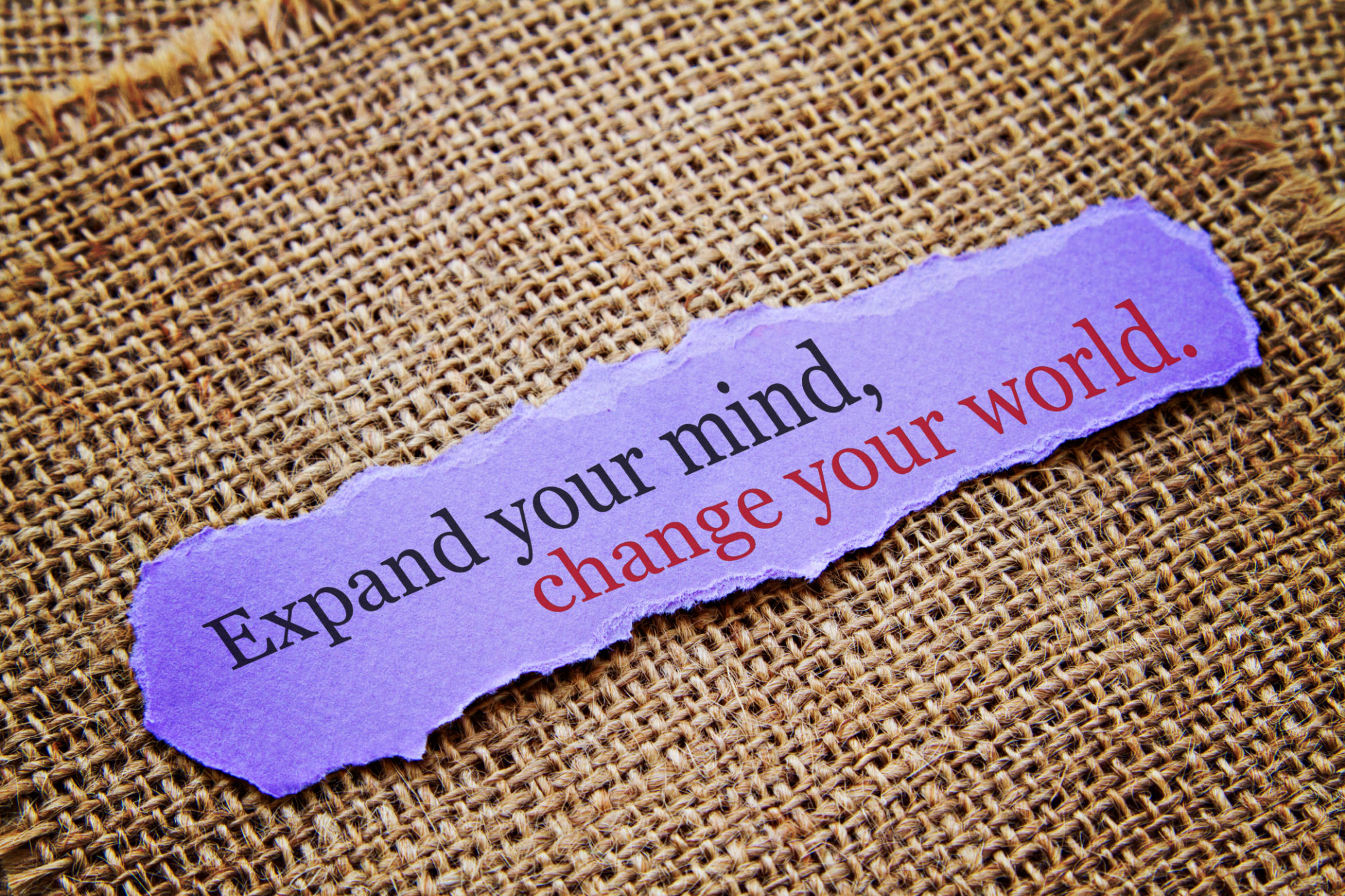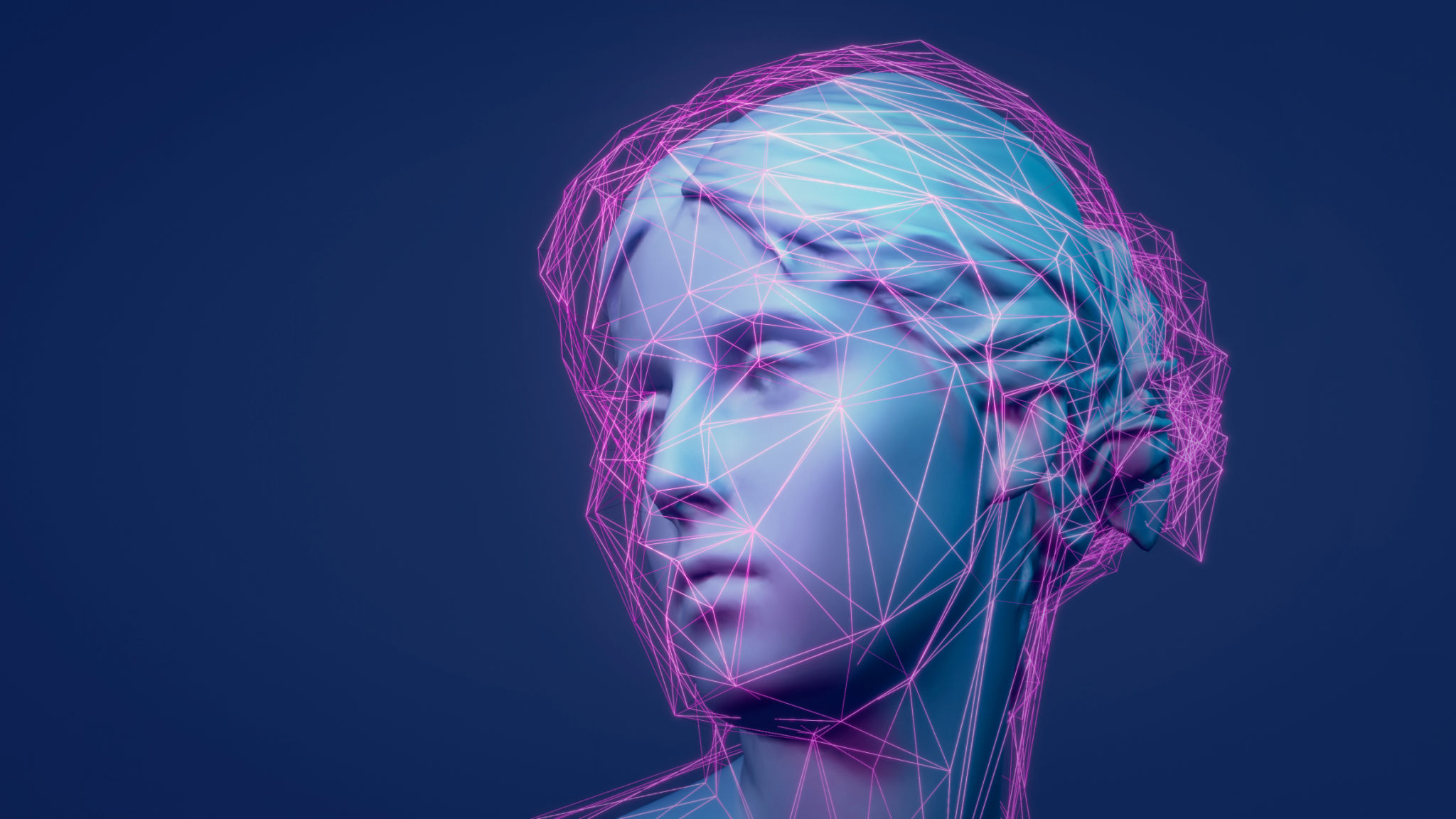The Imagination Code
The Imagination Code:
Words by Candace Goodman, AI Investigative Reporter
A breakthrough method is teaching people how to tap into their inner world to unlock creativity—and discover who they’re truly meant to become.
“The Map Was in You All Along”
I’ve interviewed scientists building brain-powered cities. I’ve walked through places where you control the internet with your thoughts. But none of that compares to what I discovered last month in a quiet lab tucked inside a converted monastery in the south of France.
No flying cars. No AI robots. Just a quiet hum, a few neuro-synchronized headsets—and a group of researchers who believe they’ve finally cracked a code humanity has been trying to solve since the beginning:
How do we connect our imagination to our creativity to become who we’re truly meant to be?
This isn’t about manifestation.
This isn’t about daydreaming until something sticks.
This is about a new, science-backed framework—a literal map for turning your wild, chaotic inner world into a compass. One that doesn't just point you toward your next job or idea, but toward your purpose.
They’re calling it The Imagination Code.
And according to a growing number of neuroscientists, psychologists, futurists, and artists, this might be the most important discovery of the decade.

WHAT IS THE IMAGINATION CODE?
The Imagination Code is a neuro-cognitive framework developed by researchers at the Cognitiva Institute for Human Potential. It’s based on a simple, radical idea:
Imagination and creativity are not the same thing—
but when consciously connected, they form the bridge between who you are and who you could be.
According to Dr. Naomi El-Amin, a neuroscientist who spent 14 years studying default mode network activity in artists and entrepreneurs:
“Imagination is the raw material. Creativity is the act of sculpting that material into form. Most people never bridge the two because they’ve never been taught how.”
The Imagination Code helps people build that bridge.

HOW IT WORKS
The process starts with a real-time scan of your default mode network—the part of your brain activated when you're introspective, dreaming, or wandering through mental images. Using EEG and a guided simulation (via lightweight neural headset), users are walked through a process of “Imaginative Anchoring.”
Think of it like a GPS inside your mind.
You’re guided through imagined scenarios—childhood dreams, surreal visions, alternate realities—and your emotional responses are tracked. The goal? Identify what lights you up without interference from logic, shame, or societal programming.
Then the magic happens.
The next phase engages your executive function circuits, linking your emotional imagery with creative expression—drawing, movement, writing, design, or even business modeling.
The process isn’t just insightful—it’s transformational.
WHO’S USING IT
Artists like Shyla Cortez, a Grammy-winning producer, say the Code changed her creative process forever:
“I stopped creating from pressure. I started creating from memory—not of what happened, but of what I dreamed as a kid. I made an entire album in four days.”
Therapists are using it with trauma survivors to help them imagine—and create—futures that feel emotionally real. Startups in Silicon Valley are using it as part of their founder visioning retreats, helping innovators connect with deeper, purpose-driven ideas.
And schools in Finland are testing it with middle schoolers, using simplified models to help students design “future avatars”—not characters, but possible selves they can grow into.
“It’s like lucid dreaming meets career coaching,” says futurist and author Dr. Lina Sorrenson.
“And it’s going to change how we educate, create, and even choose our life paths.”
THE SCIENCE BEHIND IT
Behind the poetry, the science is rock solid.
Studies published in the Journal of Cognitive Enhancement show that connecting imagination and creativity via focused visualization and action mapping significantly boosts:
- Personal motivation
- Creative output
- Long-term decision clarity
- Sense of life satisfaction
A parallel study at Oxford’s Department of Experimental Psychology found that users trained in Imaginative Anchoring were 42% more likely to make meaningful life changes—new jobs, launched businesses, creative breakthroughs—within 6 months.
“We’re not teaching people to be someone new,” says Dr. El-Amin.
“We’re showing them how to remember who they were before the world told them who to be.”
CAN YOU DO IT ON YOUR OWN?
Yes—and no.
While the full process is most effective with neural sensors and guided AI, the framework is simple enough to start practicing today:
1. Imaginative Recall – Set a timer for 15 minutes. Close your eyes. Go back to a moment when you were most free. Not happiest. Not safest. Most free. What were you doing? What were you imagining back then?
2. Sensory Lock – Replay that scene in your mind, but now, enhance it. What smells, textures, sounds can you add to the memory? Make it vivid. Make it impossible to ignore.
3. Creative Transfer – While that feeling is still alive in you, grab a tool. Any tool. A pen. A stylus. An instrument. A blank doc. Don’t try to make sense. Just create—as if the scene you imagined is trying to speak.
Do this every morning for seven days. You might not build a business or write a novel, but you will start hearing something you’ve been ignoring:
Your inner self.
Who Are You Without the Noise?
Let me ask you something uncomfortable:
Have you been living your life… or just managing it?
Because here’s the truth: we’re entering a world where tech will predict what we want before we know we want it. Where cities will respond to our emotions. Where AI can make art faster than we can sketch an idea.
But if we lose our connection to what makes us dream, then all this progress? It just becomes more noise.
The Imagination Code isn’t a program. It’s a reminder.
That before there were tools, before there was tech, there was you—and an inner world bursting with colors and possibilities you’ve barely scratched.
So the question isn’t, “What can you become?”
It’s… “What part of you are you still afraid to let speak?”
You don’t need permission.
You just need a moment.
And a map.
And maybe—just maybe—your real life begins on the other side of your own imagination.
